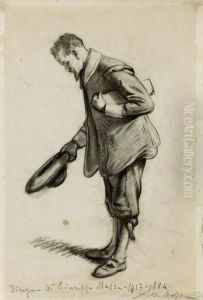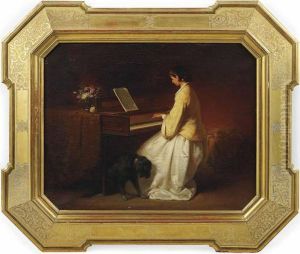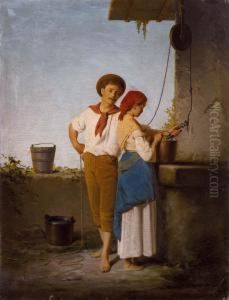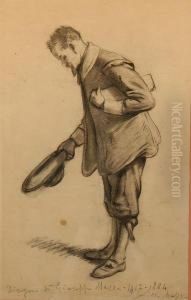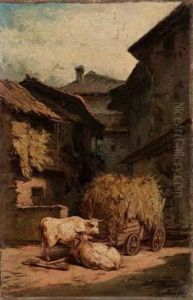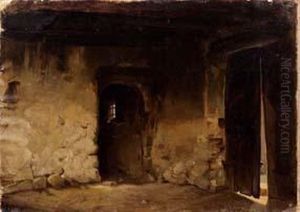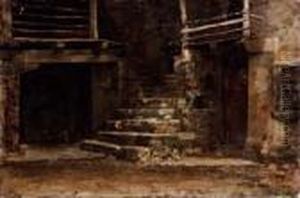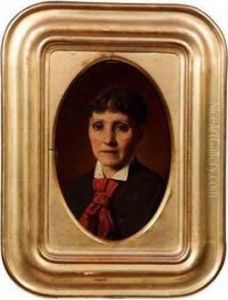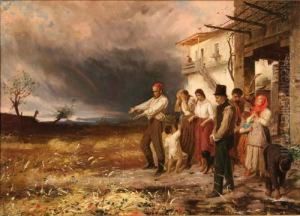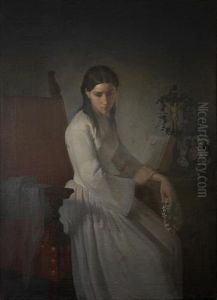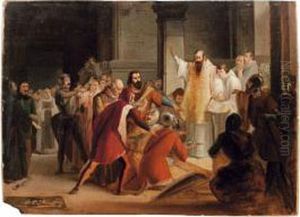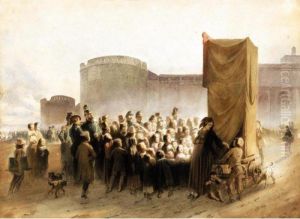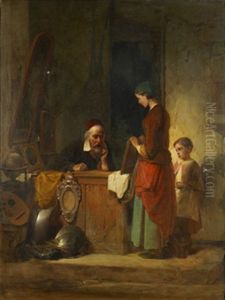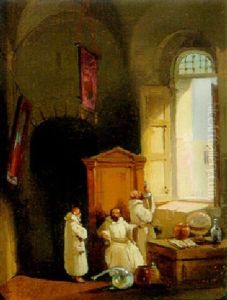Giuseppe Mazza Paintings
Giuseppe Mazza was a prominent Italian sculptor of the Baroque period, born in 1653 in Bologna, Italy. He is known for his dynamic and elaborate sculptures which embody the theatricality and exuberance of the Baroque style. Mazza's career was predominantly based in his hometown of Bologna, although his works can be found in various parts of Italy, showcasing his broad appeal and the high demand for his sculptural skills.
Mazza was apprenticed early in his life to prominent artists of the time, which helped him develop a distinctive style that combined the emotional intensity of the Baroque with a unique sense of motion and depth. His sculptures often depicted religious scenes and figures, as was common in the period, but they stood out for their intricate details and the lifelike quality of the figures he created.
Throughout his career, Giuseppe Mazza was commissioned to work on several significant projects, including altarpieces, public monuments, and private commissions for wealthy patrons. His ability to manipulate marble and other materials into seemingly fluid forms that capture the essence of his subjects was highly admired.
Mazza's contribution to the Baroque movement was significant, and his works continue to be studied and appreciated for their artistic qualities and technical mastery. Despite the prominence he achieved during his lifetime, detailed records of his life are sparse, and much of what is known about him comes from the enduring legacy of his sculptures. He passed away in 1741, leaving behind a body of work that continues to inspire admiration and study for its contribution to the development of Baroque art in Italy.
